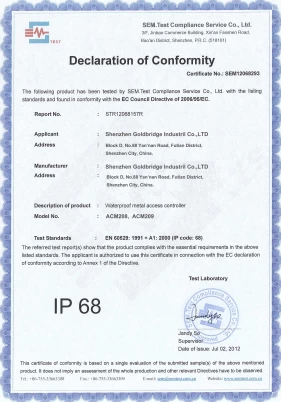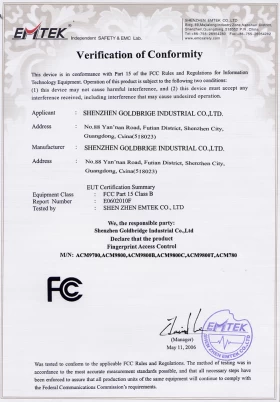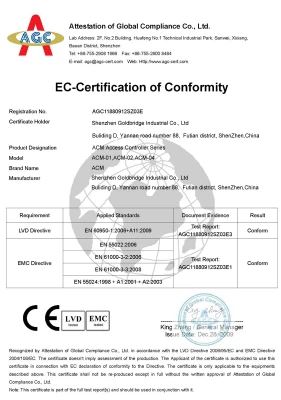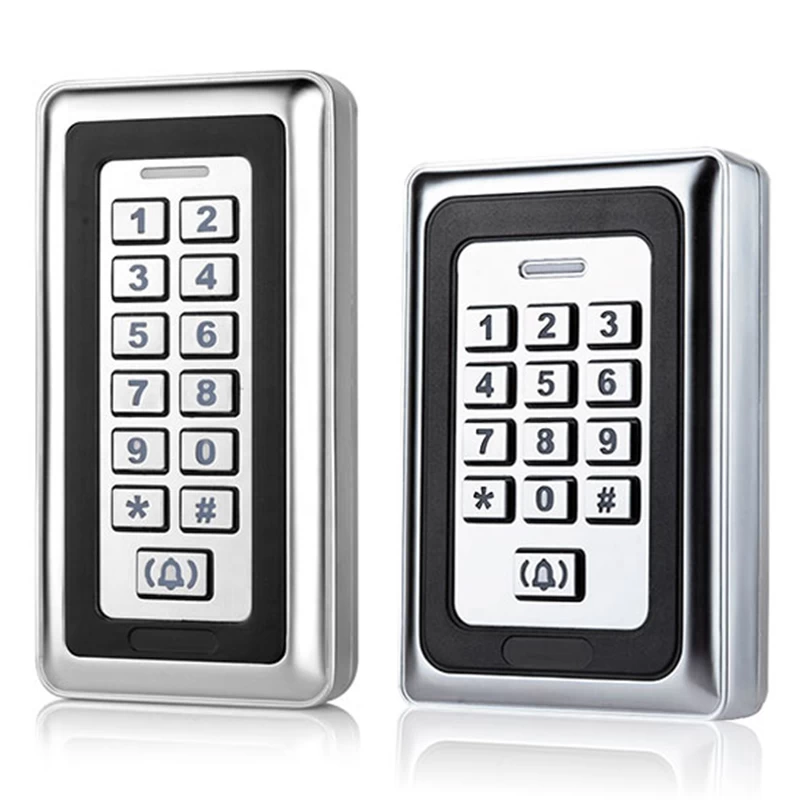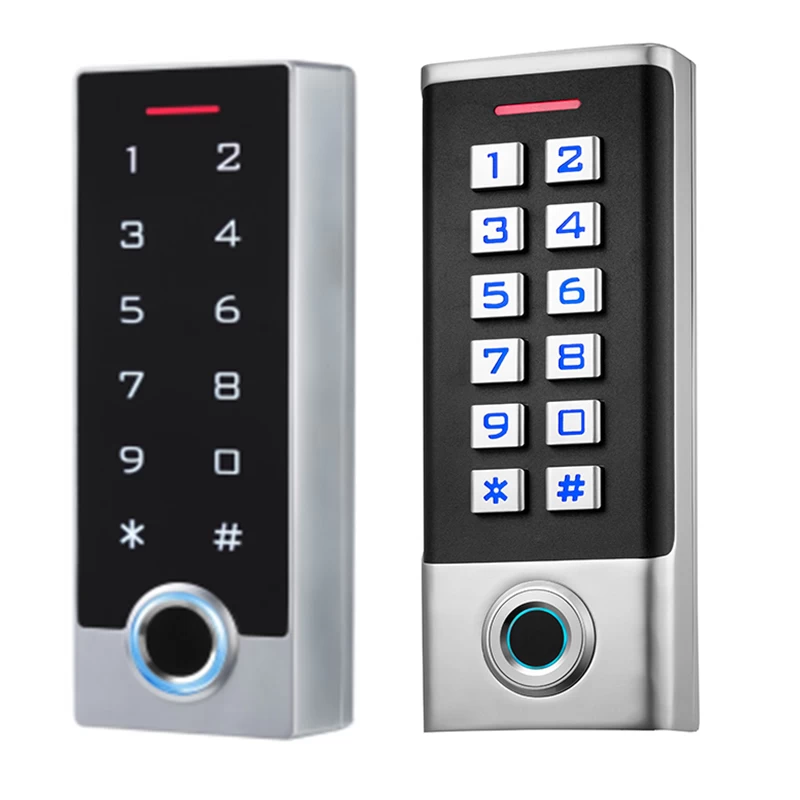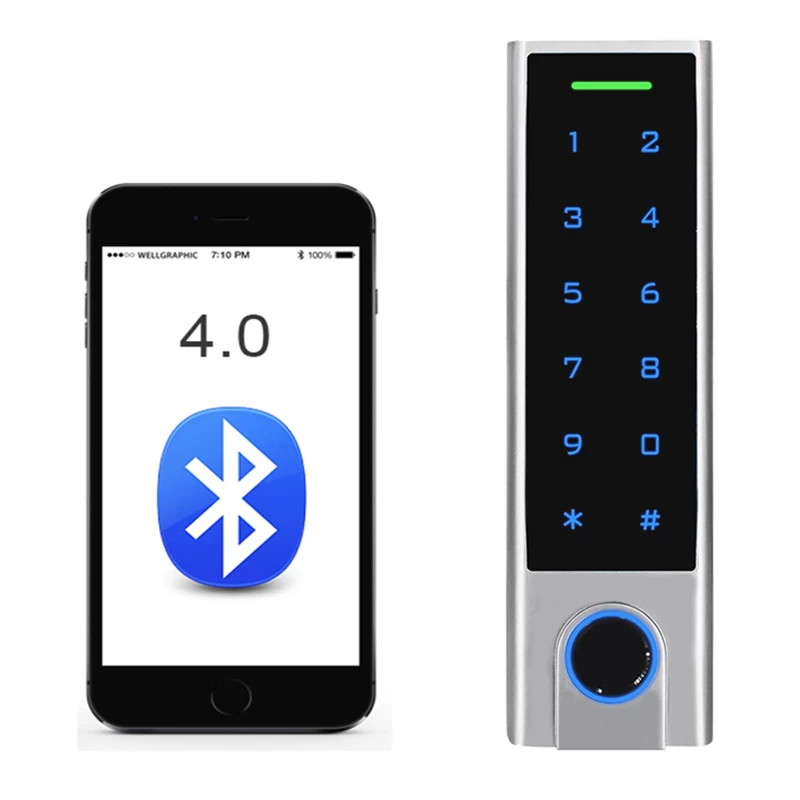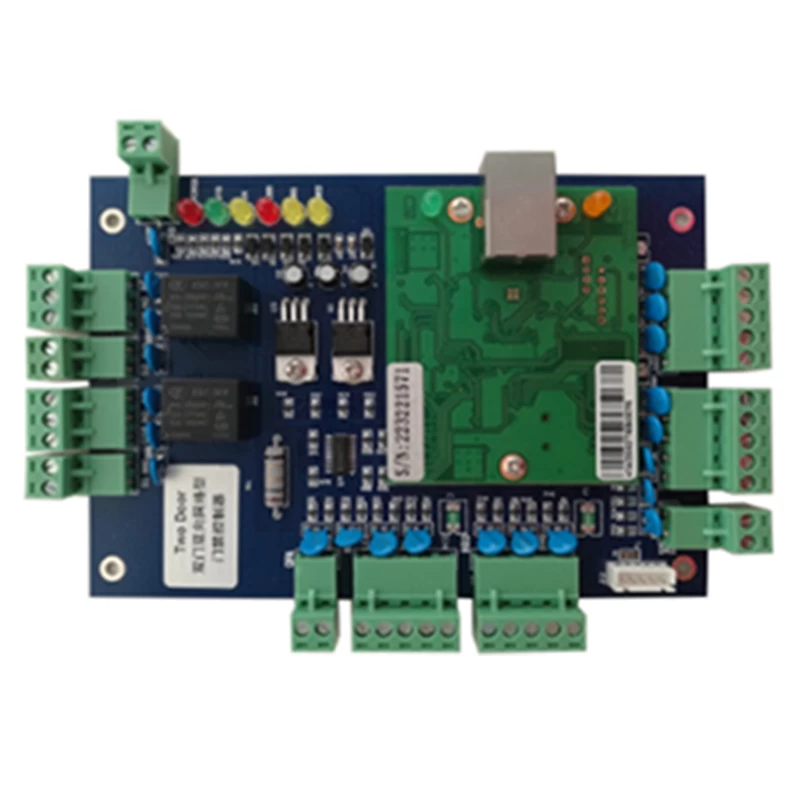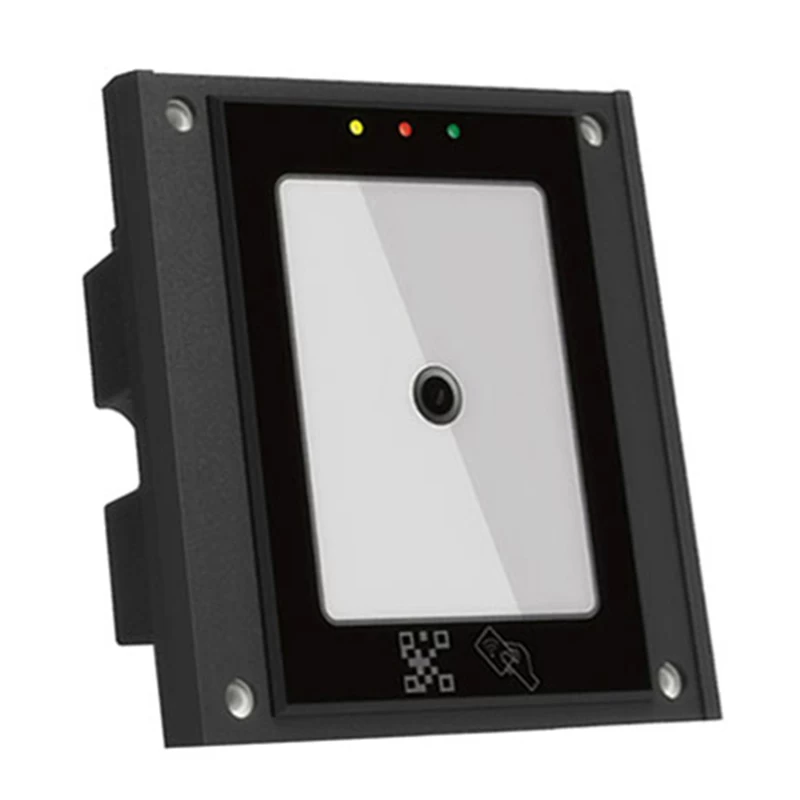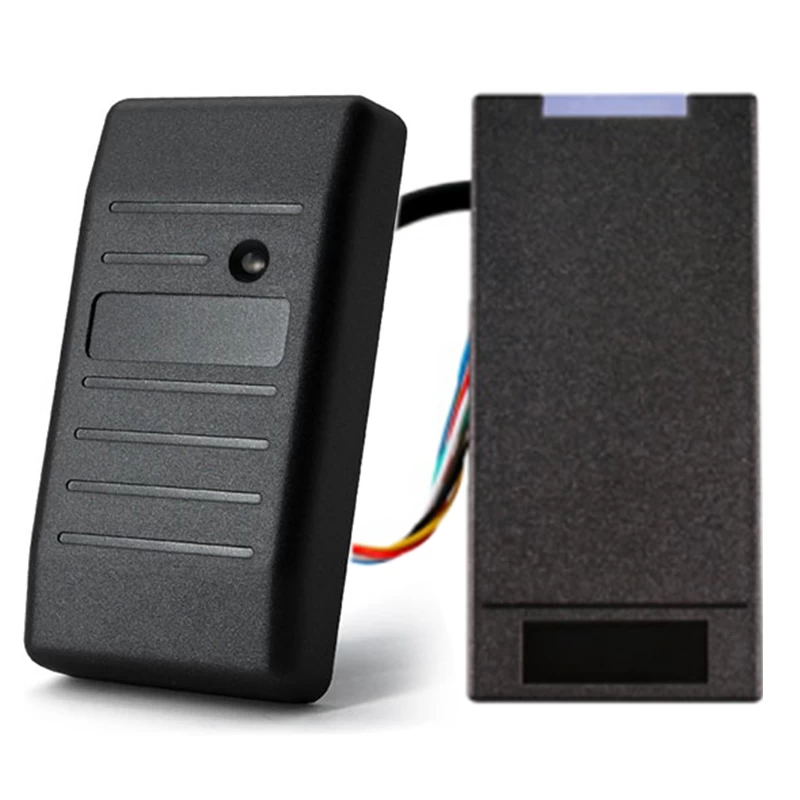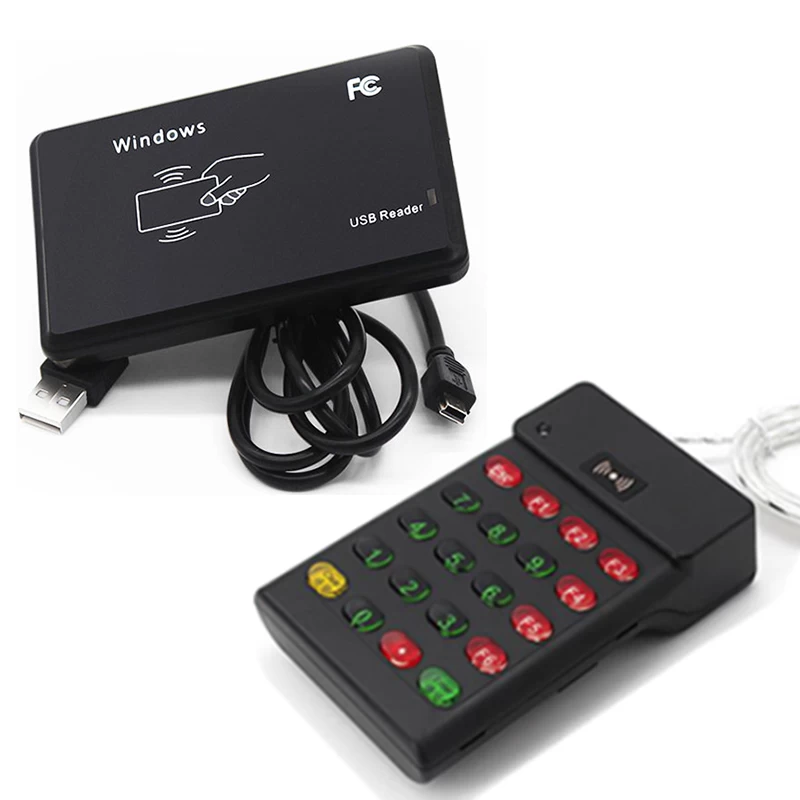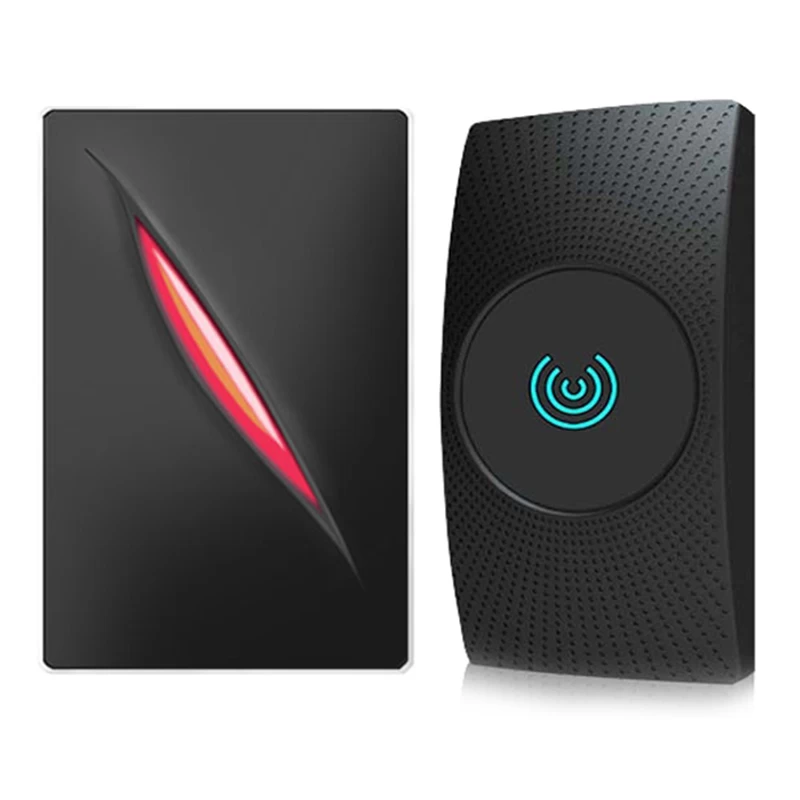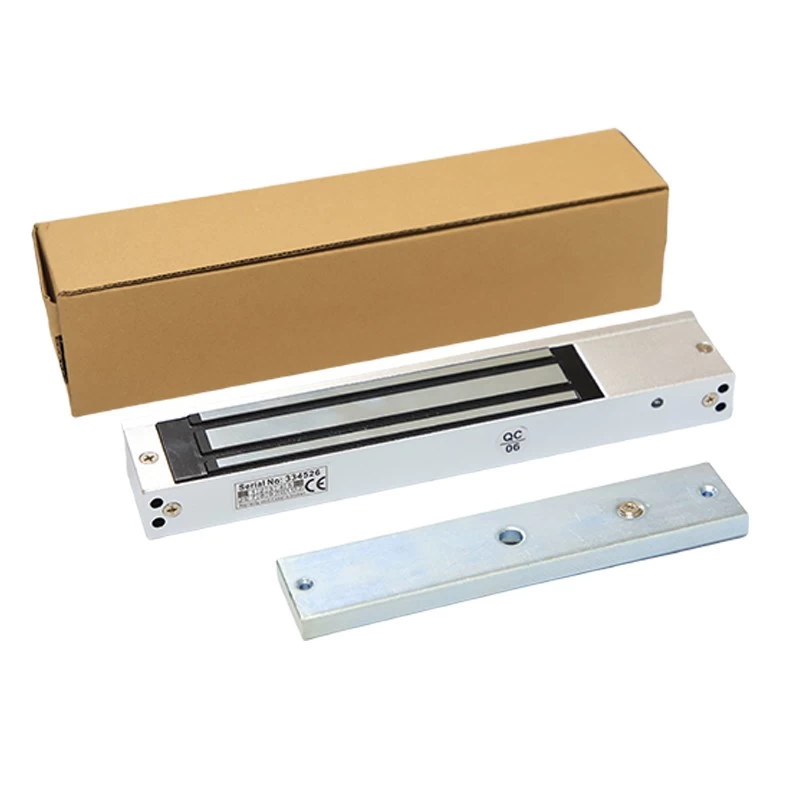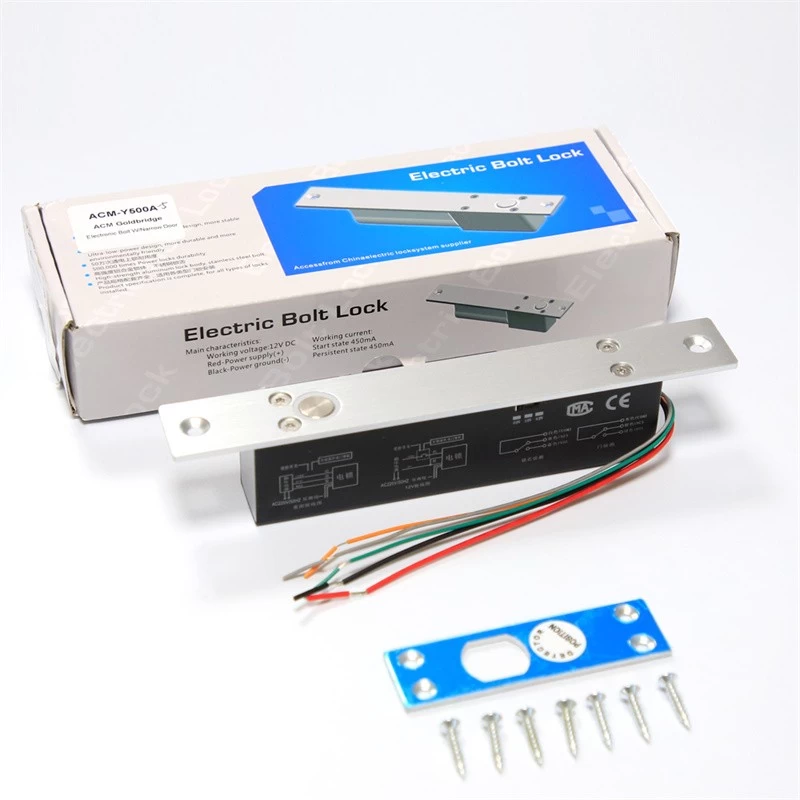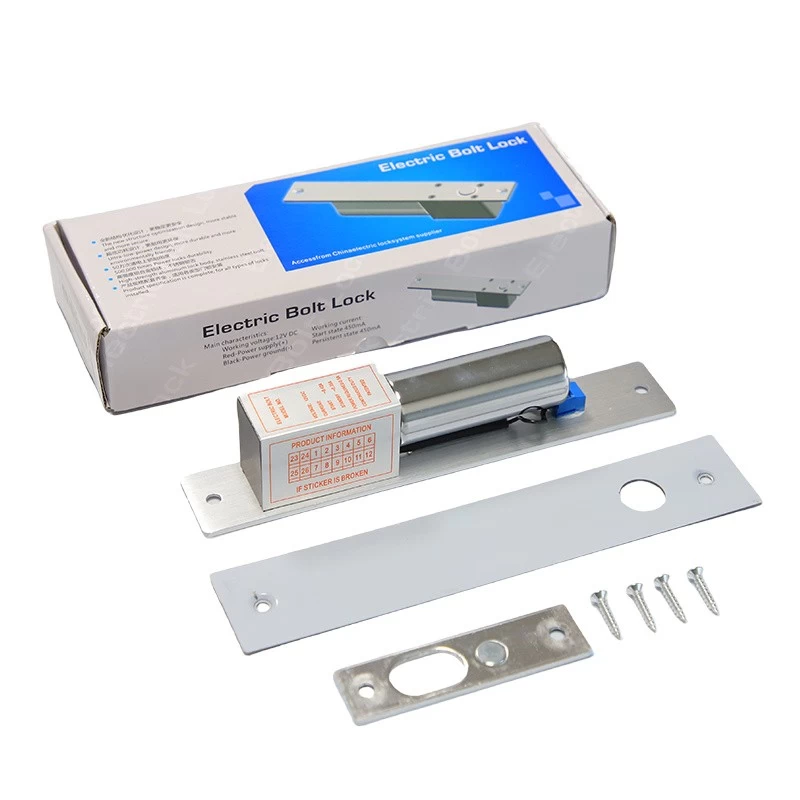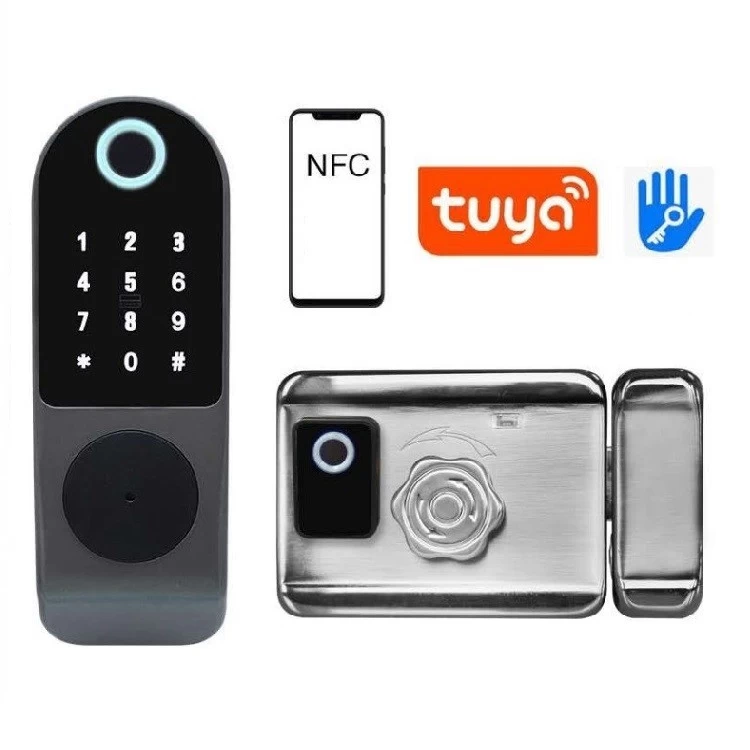From cash payment to face brush payment, RFID now takes you to experience "reach out payment&qu

As early as 1998, smart microchips were first implanted in the human body. At that time, British professor Kevin Warwick surgically implanted a chip into his arm to perform various automatic control experiments. However, in order to avoid complications or the limited power of the chip itself, the chip was removed after 9 days of testing. But the initiative is seen as promising to help people with disabilities take better care of their lives.
In the past 10 years, chip implant technology has begun to be gradually commercialized. Last year, a tech company called Walletmor became the first to sell implantable payment chips. According to the company, more than 500 such chips have been sold.
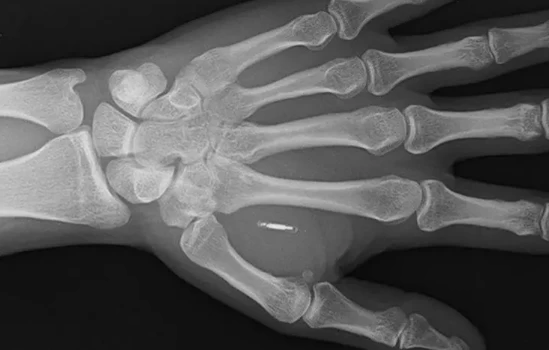
According to Walletmor, the implanted payment chip weighs less than a gram, a little larger than a grain of rice. It consists of a microchip and an antenna ring, wrapped in a natural biopolymer similar to plastic. Usually, you don't feel the presence of the chip, but when you pay, you will feel like someone is "pinching your skin" and you can feel a slight vibration of your hand. The chip works immediately after implantation in the human body and is firmly fixed in place. In addition, it does not require any charging devices.
However, with the gradual increase in the number of people using this technology, the security of personal privacy has also aroused the attention and debate of many people. According to one opponent, implanting payment chips can cause private information to be tracked.
Not really. Implanted payment chips have the same technical principles as other payment methods, namely wireless communication. The technology used is near-field communication (NFC), a contactless payment system in smartphones. The chips implanted in the human body are mostly based on RFID wireless communication technology (often used in contactless debit cards or credit cards), because the chip contains an antenna ring, which determines that the payment machine must be within a certain distance to scan the payment chip.
With the outbreak of the global new crown epidemic, contactless payment has gradually become accepted by people around the world, and it is believed that in the near future, contactless chip implantation payment methods will also become a popular common behavior of the public
For more information regarding the RFID TAGS, please kindly contact with sales@goldbridgesz.com.



